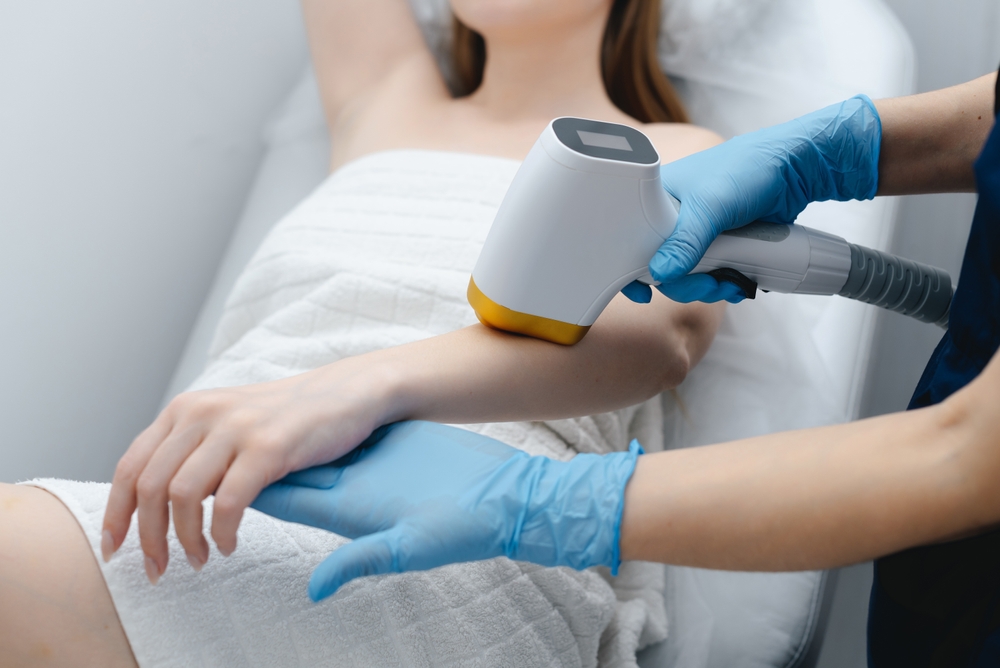Laser Tattoo Removal: What to Expect at a Clinic
Getting a tattoo removed is a common decision for many people who want a fresh start or need to correct a design. Laser tattoo removal has become the standard option because it targets ink in the skin while minimizing damage to surrounding tissue. Understanding the process, expected results, and clinic choices helps you make an informed plan for safe, effective removal.

This article is for informational purposes only and should not be considered medical advice. Please consult a qualified healthcare professional for personalized guidance and treatment.
Tattoo: Why remove a tattoo?
People choose tattoo removal for many reasons: faded interest, career requirements, changed relationships, or poor original work. The type of ink, size, location, and age of the tattoo all affect how it responds to treatment. Older tattoos often respond better because ink particles have broken down over time. Professional multicolored tattoos can be more challenging than single-color or amateur work, so expectations should be realistic based on a clinic consultation.
Laser: How laser removal works
Laser removal uses focused light pulses to break tattoo ink into smaller particles that the immune system can clear. Different laser wavelengths target different ink colors—some lasers are better for black and blue inks, while others address reds and greens. Treatment sessions are spaced weeks apart to allow healing and pigment clearance. Modern lasers like Q-switched and picosecond systems offer improved results and shorter treatment times compared with older technologies, but outcomes vary by individual and device.
Skin: What happens to your skin during treatment?
During laser sessions, the treated area may become reddened, swollen, and sensitive—similar to a sunburn. Blistering, crusting, and temporary darkening or lightening of the skin are possible as it heals. Proper aftercare reduces infection risk and helps the skin recover. People with darker skin tones may need tailored protocols to avoid pigment changes. A qualified clinician will assess your skin type and recommend settings and intervals to protect healthy skin while maximizing ink breakdown.
Removal: How many sessions will you need?
The number of removal sessions depends on tattoo size, ink density, color, and skin response. Small, simple black tattoos may need a few sessions, while large, colorful pieces often require 8–12 or more treatments. Sessions are typically spaced 6–12 weeks apart to allow healing and immune clearance. Results are gradual; many people see significant fading after several sessions but may not achieve complete removal. Expect incremental improvement and discuss realistic goals with the clinic before starting.
Clinic: Choosing a qualified clinic
Select a clinic with experienced clinicians, clear safety protocols, and modern laser systems. Look for board-certified dermatologists, licensed practitioners, or technicians supervised by medical professionals. A reputable clinic will provide an in-person assessment, explain risks, show before-and-after photos of similar cases, and outline a treatment timeline. Ask about training, infection-control measures, and emergency procedures. Patient reviews and an initial consultation can help determine whether a clinic matches your expectations and safety standards.
Aftercare: Protecting treated skin
Aftercare is critical for good results: keep the area clean, use recommended topical treatments, and avoid sun exposure until fully healed. Wearing sunscreen after healing reduces the risk of long-term pigment changes. Avoid picking at scabs or prematurely exposing healing skin to irritants. Notify your clinician about any unusual pain, spreading redness, or signs of infection. Smoking and certain medications can slow healing, so discuss lifestyle factors with your provider to optimize outcomes.
Conclusion
Laser tattoo removal is an effective option for many people, but it requires realistic expectations, multiple sessions, and careful aftercare. The best results come from working with a qualified clinic that tailors treatment to your tattoo and skin type. Prioritize safety, ask detailed questions during consultation, and be prepared for gradual fading rather than instant erasure.






